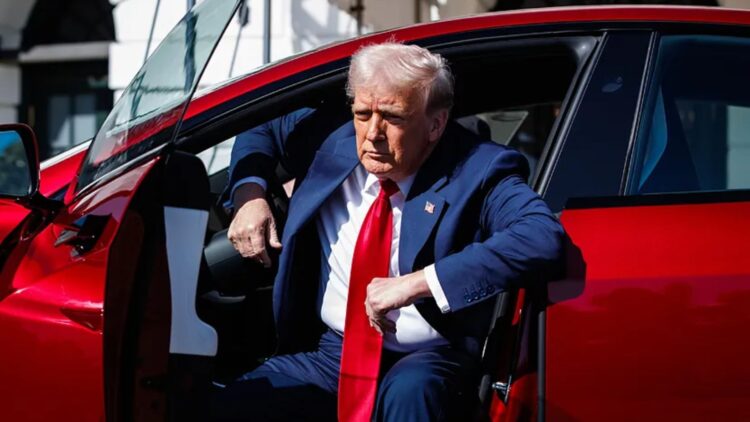As soon as President Donald Trump took office, he announced that he would be imposing a new set of tariffs, and while for a minute it seemed like his administration was reconsidering the threat, he has now announced a new 25% tariff on all automobiles manufactured abroad.
While most people do not see these tariffs as a positive, after all they are usually negotiated carefully so as to not receive any retaliatory measures, the president does not seem to care about any measures other countries that manufacture cars may take against the US economy, preferring to focus on the “tremendous growth” in the U.S. automotive industry that he believes will take place thanks to the new sanctions.
The President released a brief statement accompanying the announcement from the Oval Office on Wednesday, March 26 and he declared “This is the beginning of America’s Liberation Day. If you build your car in the United States, there will be no tariffs,” he said.
Although this sounds like a dig against European, Japanese and Chinese automakers, the reality is that many American car manufactures have factories abroad and import some of their models, and, while they could move production fully to the US once again, this would undoubtedly come with labor issues and costs that would inevitably be passed down to the customer in form of tax increases.
The president does not seem to care and has not given an exemption to American manufacturers, the policy will apply equally to all cars and trucks manufactured outside the United States and imported into the country regardless of the origins of the manufacturer. And that is not good news for them or for consumers, as The New York Times points out in an article exploring the consequences of the new tariffs, “nearly half of the vehicles sold in the United States are imported.”
The new tariffs imposed by the Trump Presidency and the timeline
Although the new tariff is set at 25%, it will not start out that high, the Administration has stated that it will begin at 2,5% and will steadily climb until the final percentage is reached, This should give consumers the chance to adjust their expectations and shift to American made without as much sudden impact to their wallet.
This is because even though the companies are the ones that are meant to pay the tariffs, not many manufacturers could afford the hit and the expense gets inevitably shifted to consumers who, in this economy, are also not ready to face the extra expense.
The new tariffs have not pleased in general, and some Canadian and European leaders have taken to Social Media, mainly X (formerly twitter) to share their opposition to the new decision, as the automotive industry is quite big and affects many countries. If manufacturers have to relocate plants or stop importing because of lack of sales, it would also negatively affect local economies of the countries that housed the plants.
Last month, U.S. automakers acknowledged that even with a brief delay, the newly announced tariffs would take years to circumvent through domestic production, as current manufacturing capacity falls short. This means that there could quite easily be a shortage of affordable vehicles soon or that many car manufacturers would stop their imports and once their current stock is sold, would “retire” from the market. None of them good choices.
Trump’s recent statement adds to a string of bold trade measures, including a 25% tariff on all imports from Mexico and Canada, set to take effect on April 2. Additionally, a 20% tariff has already been imposed on numerous Chinese goods, alongside a 25% duty on steel and aluminum imports.

